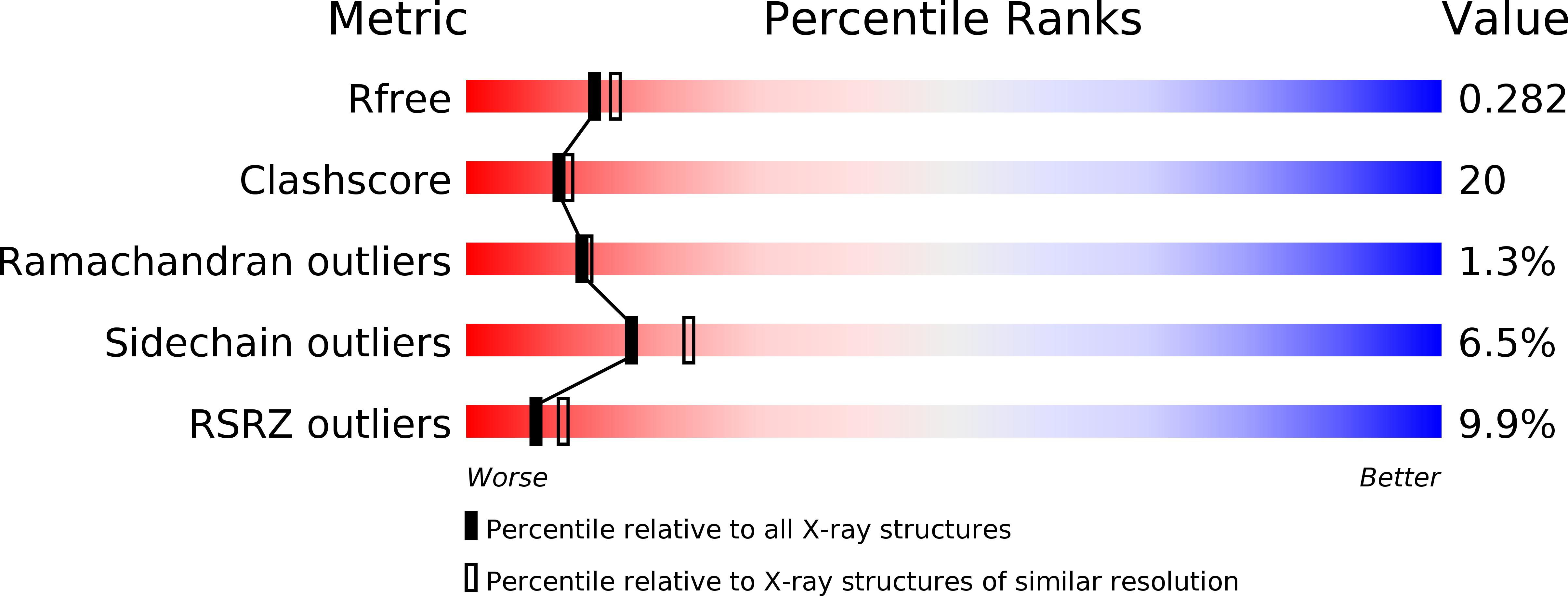
Deposition Date
2006-07-25
Release Date
2006-07-26
Last Version Date
2024-05-08
Entry Detail
PDB ID:
2IZ5
Keywords:
Title:
FUNCTION AND STRUCTURE OF THE MOLYBDENUM COFACTOR CARRIER PROTEIN MCP FROM CHLAMYDOMONAS REINHARDTII
Biological Source:
Source Organism:
CHLAMYDOMONAS REINHARDTII (Taxon ID: 3055)
Host Organism:
Method Details:
Experimental Method:
Resolution:
2.29 Å
R-Value Free:
0.27
R-Value Work:
0.21
R-Value Observed:
0.21
Space Group:
P 21 21 21


